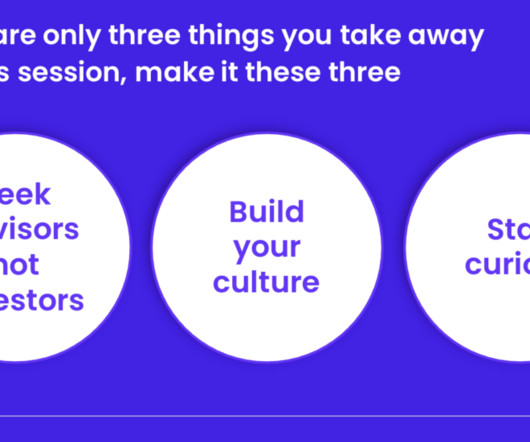The Art of Ensuring Customer Success During Mergers and Acquisitions
SmartKarrot
JUNE 30, 2022
Customer success is one aspect of corporate SaaS mergers and acquisitions that is sometimes overlooked. Organizations are guilty of putting it on the back burner even though it is one of the most crucial factors in success. Maintaining the focus on customer success throughout the mergers and acquisitions process is difficult.














Let's personalize your content